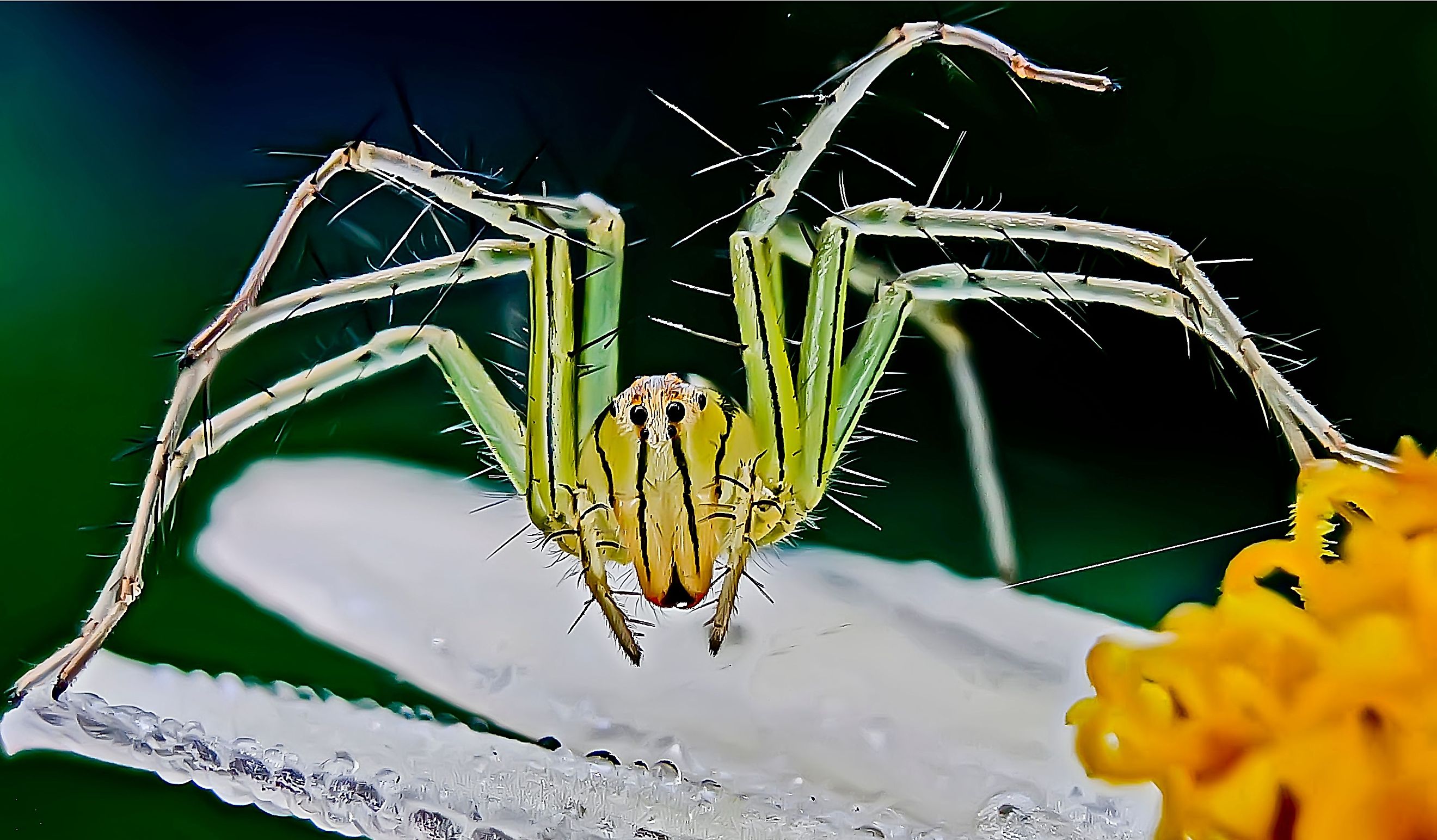
The Most Venomous Spiders in New Mexico
Whether black or brown, big or tiny, hairy or smooth, there is something undeniably creepy about spiders. This is especially true in places like New Mexico, where several of the eight-legged arachnids come with a venomous bite. With a dry, warm climate and plenty of dark corners to hide in, the conditions in New Mexico are ideal for a range of venomous spiders, including the Desert Recluse Spider and the infamous Black Widow Spider. One of the best ways to protect yourself from these potentially toxic spiders is to know what they look like. So, to keep you safe and aware on your next trip to The Land of Enchantment, let’s discuss the six most venomous spiders in New Mexico.
Black Widow
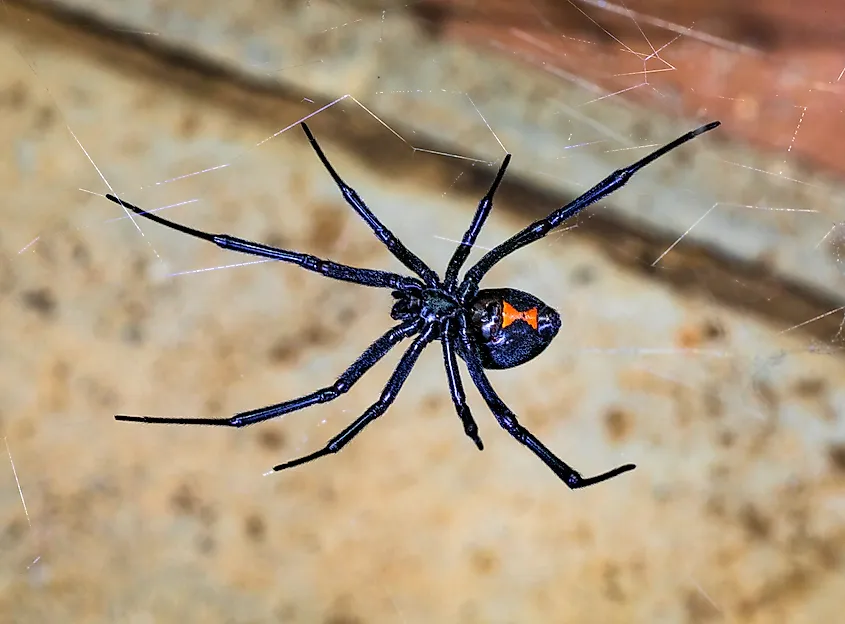
Black widow spiders, also known as Latrodectus, are venomous spiders characterized by their deep black, sometimes brown color, round bodies, and red hourglass-shaped markings. In this particular species, the adult females are the true cause for concern. Female black widow venom is quite harmful to humans and is said to be 15 times stronger than rattlesnake venom. Suffering a black widow bite can be incredibly painful and often leads to uncomfortable muscle contractions. In any case, you should always seek medical attention for a black widow bite; however, it is unlikely (yet not impossible) to be life-threatening, according to information provided on the Poison Control website. In addition to being highly dangerous to humans, female black widows also pose a huge threat to their male partners. As the “widow” name implies, female spiders are known to kill and devour the males during the mating ritual. According to a post on the New Mexico Pest Control website, black widows are most commonly found amidst human clutter in the home, on outbuildings, in barns, and on rock walls.
Desert Recluse
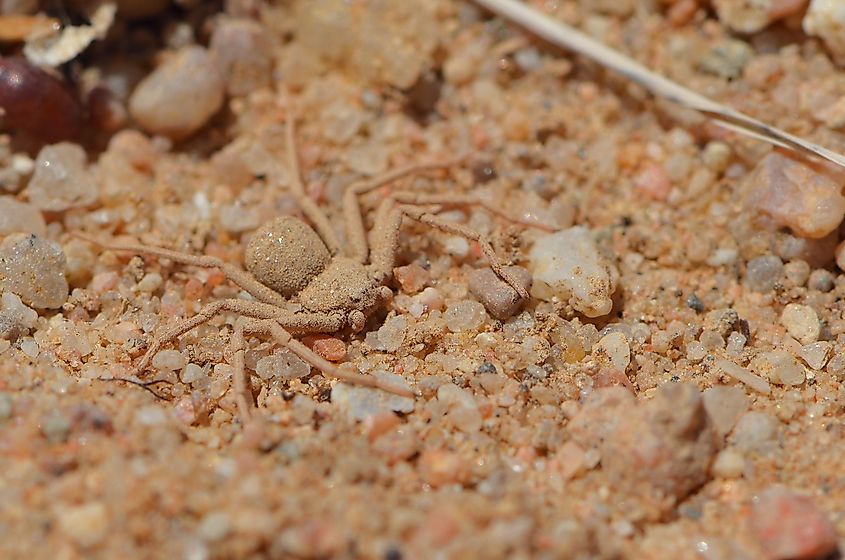
Desert Recluse spiders thrive in the New Mexico climate and are commonly found throughout the northern, central, eastern, and southwestern areas of the state. Wood piles, cracks in floorboards, and dark places such as the attic or garage make perfect hiding spots for the desert recluse. The scientific name for these spiders is Loxosceles deserta, but many people refer to this species simply as a recluse or “violin spiders.” The desert recluse belongs to the Sicariida family, a species of spider known for having six eyes and harmful bites. In addition to their six eyes, this type of spider can also be recognized by their lightish brown color and violin-shaped markings. Suffering a bite from a desert recluse is definitely cause for concern, as their bites can cause deep wounds known as necrotic lesions. Cramping, muscle pain, fever, headaches, and nausea are common symptoms you may also encounter. Although these bites are rarely fatal, it is vital to seek medical attention right away.
Wolf Spider
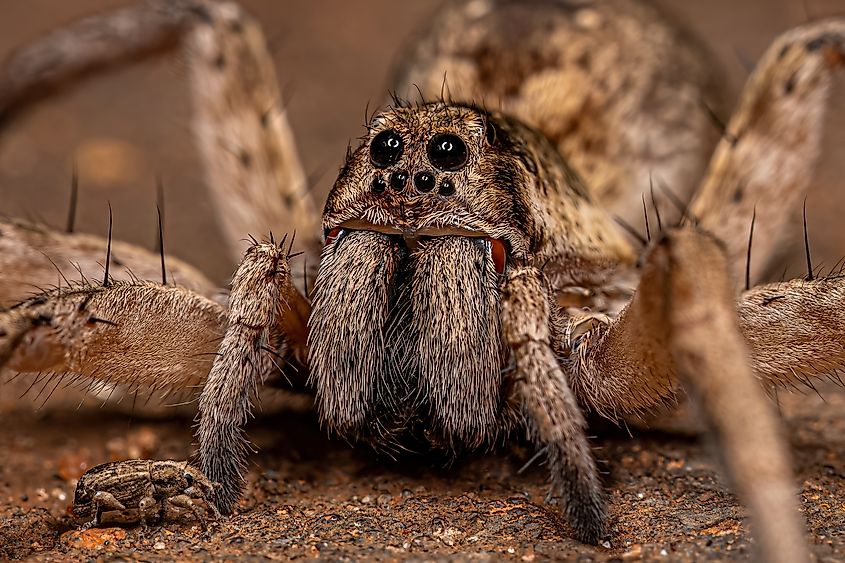
Wolf Spiders are large hairy arachnids with eight eyes and legs. They are known for their athletic ability and unique way of hunting their food. Instead of capturing prey in their webs, wolf spiders stock and hunt their prey, similar to the way a wolf would, hence the name. Although these spiders are quite poisonous, their bites are rarely a huge concern for humans and can be compared to a common bee sting. Typically, these spiders only bite when they feel cornered or threatened. On the plus side, wolf spiders offer great pest control benefits around the garden.
Brown Widow
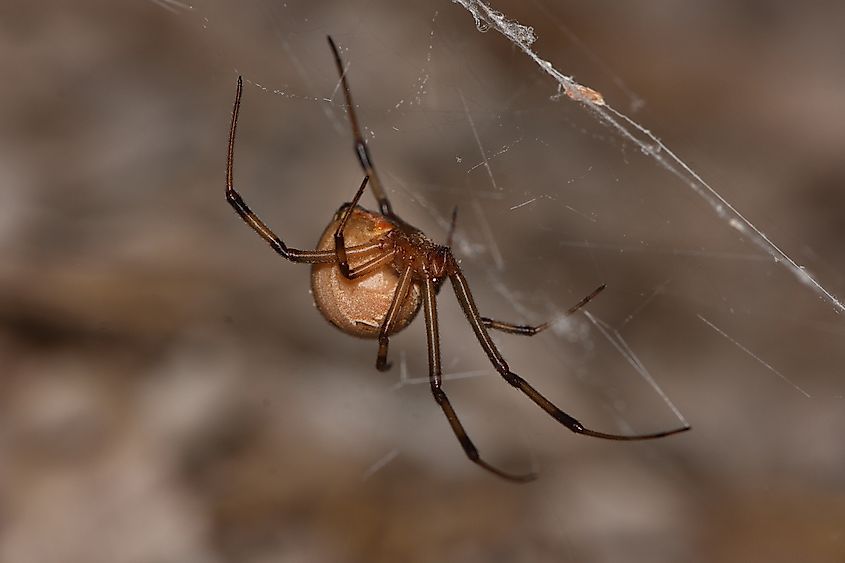
The brown widow spider is similar in many ways to the black widow. For example, both species are known for their red or orangey hourglass-shaped markings. Like black widows, only the adult female brown widows will bite. And when they do, look out. According to the New Mexico Pest Control website, both black and brown widows inject “a neurotoxic venom” when they bite. The difference is that brown widows inject far less of this venom, and in that way, they present less of a threat to humans. That said, brown widow bites can still cause redness, pain, swelling, high fever, and nausea. Commonly found in Albuquerque and Santa Fe, the brown widow loves to make webs in small, secluded places such as empty containers, mailboxes, or the underside of railings.
Green Lynx Spiders
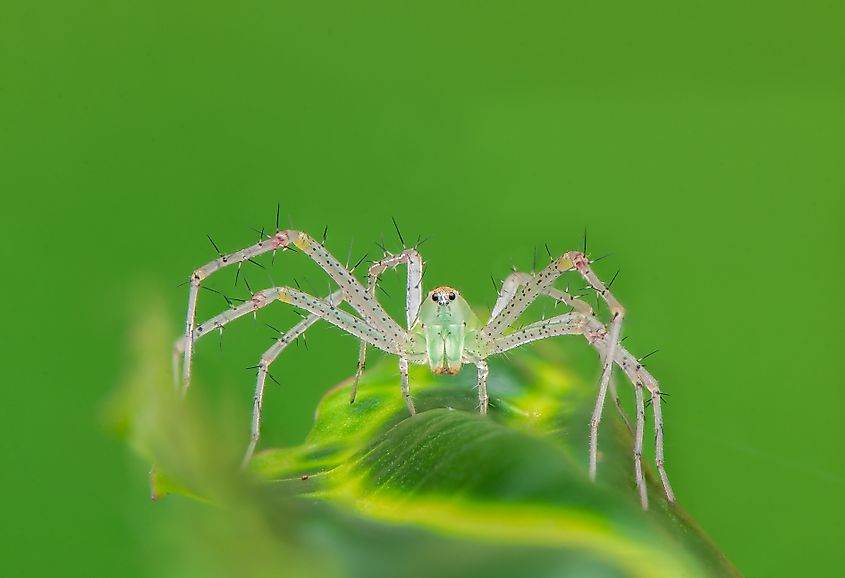
The Peucetia viridan, or Green Lynx Spider, is a vibrant green spider belonging to the Oxyopidae family. Unlike typical spiders, this species tends to avoid making webs, choosing instead to actively hunt its prey. In addition to the green body, these spiders can also be characterized by their orange legs with black speckles. The Green Lynx prefers to hide out in thick, grassy fields where they can blend in with the surroundings. The Green Lynx does have a venomous and painful bite, however, it is rare for them to bite humans according to a post published by the University of Florida. This type of spider is perhaps most appreciated for controlling other pests in agricultural fields.
Red Kneed Tarantula
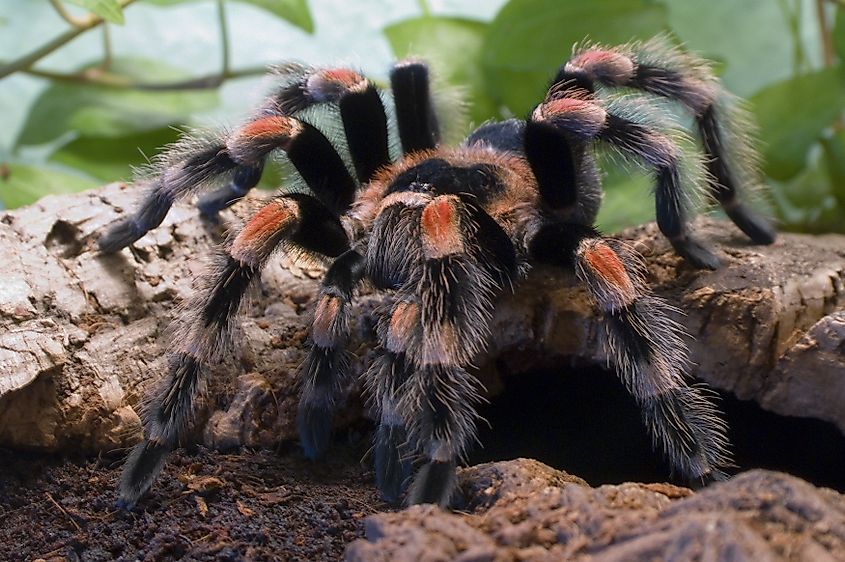
With an average leg span of about 5 inches, the Red Kneed Tarantula is on the large side when it comes to New Mexico Spiders. This species is easy to identify with its fuzzy body and literal red “knees.” Although the spider packs a venomous bite, it is of little concern to humans and can be most closely compared to an average bee sting, according to a post on the Maryland Zoo website. In fact, historically, humans have caused more harm to these spiders than the other way around. After years of being captured in the wild for pet stores, the red kneed tarantula is now on the IUCN red list of threatened species.
New Mexico is home to over 1,000 different species of spiders ranging from completely harmless to potentially life-threatening varieties. For the most part, even the venomous spiders are likely to leave you alone unless they feel threatened. For safety purposes, always keep your eyes peeled during activities such as gathering wood or cleaning out the attic. Should you encounter a bite from any of the spiders listed above, be sure to seek medical advice immediately.











